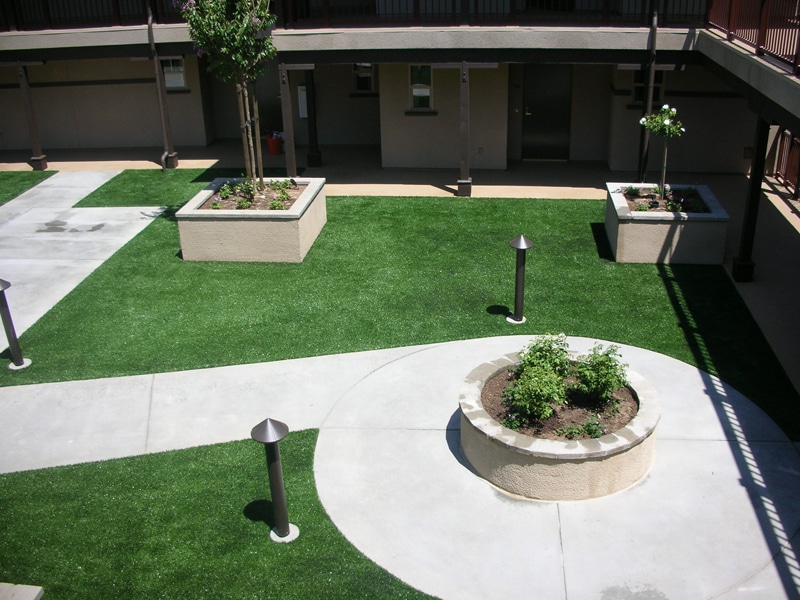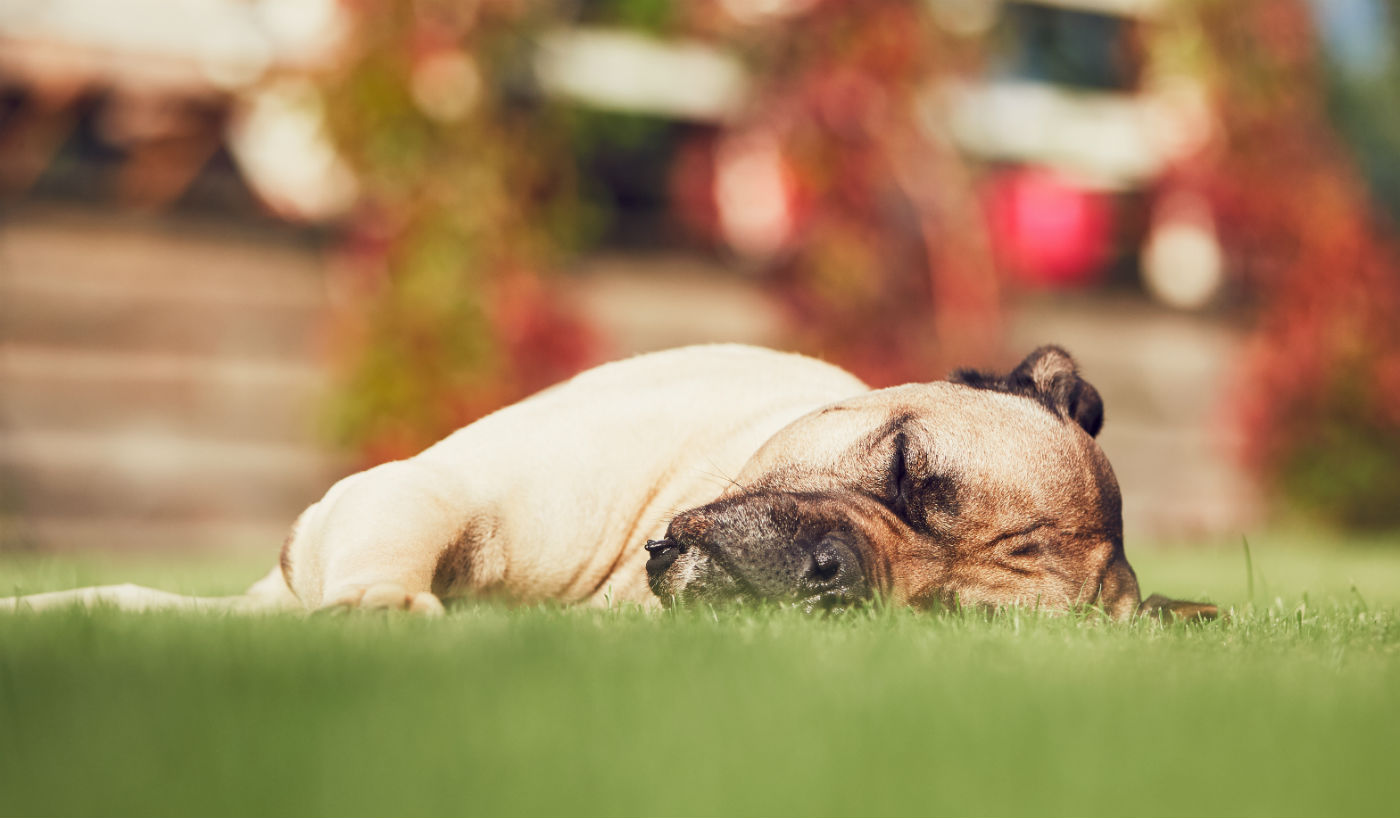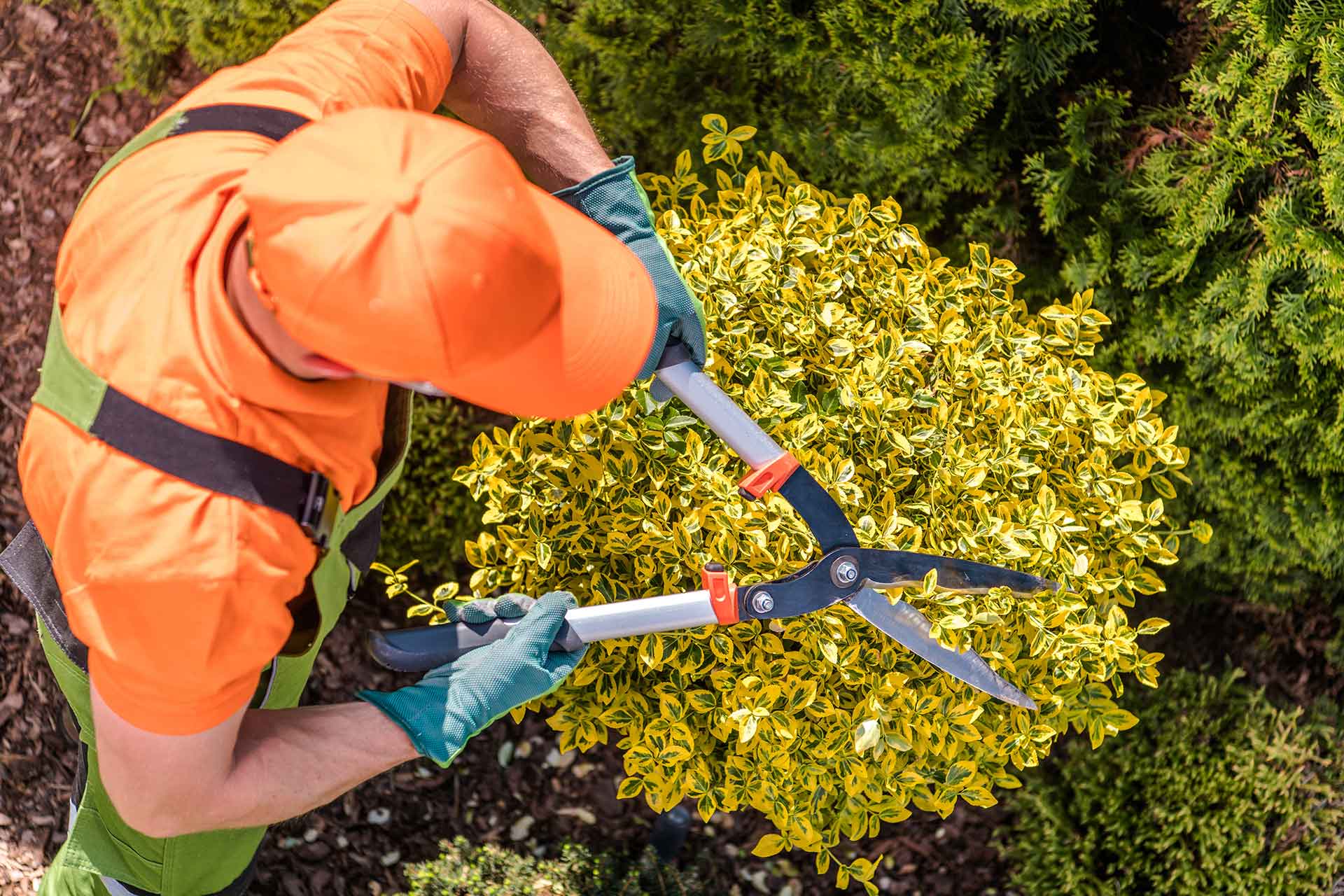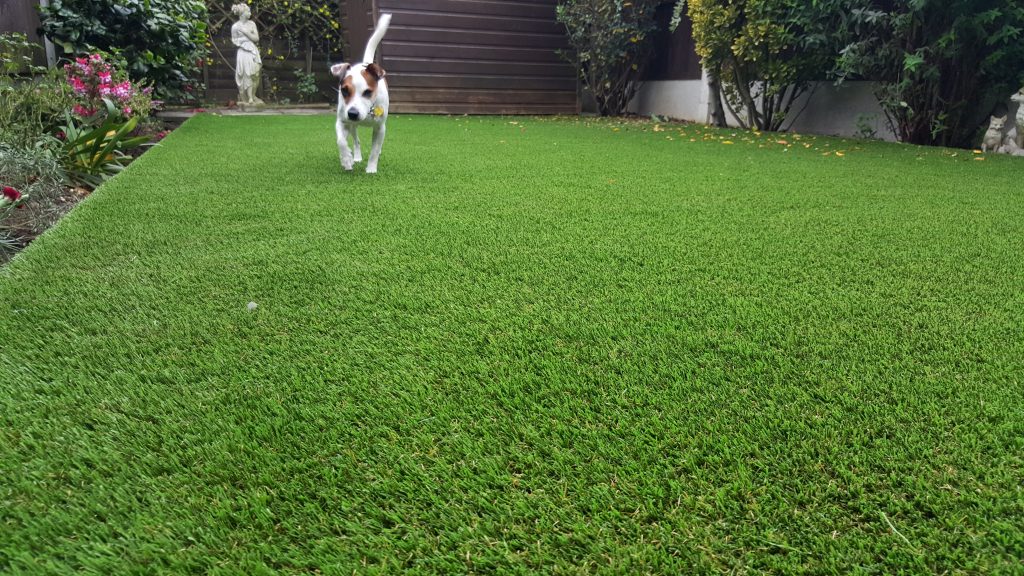How to maintain artificial turf
Installing artificial turf can help you save a lot of money in the long run by eliminating the need to reseed, water or mow your lawn. Artificial grass will give you up to 20 years of life depending on the volume of traffic in the area. Turf Pros Solution turf does not fade or flatten out. It is UV stabilised and will retain its colour and integrity season after season. However, installing synthetic turf requires an initial investment, and if you want to get your money’s worth, you’ll need to make sure you maintain the artificial turf.
Although artificial grass needs much less care and maintenance than natural grass, regular grooming will help to prolong its life and keep it looking as natural as possible.
Read below to find out how to maintain artificial turf:
Dust, pollen, pollutants
Rain is the best artificial grass cleaner and the cheapest. However, if you live in an area where rain is a rarity, a quick spray with a water hose can wash away any dust or pollen that may be present.
For lightly soiled areas, a basic mixture of warm water with a 5% solution of a mild household detergent can work wonders. Simply wipe the affected area with a sponge and rinse.
For the dirtiest areas, use the above procedure before sponging with a 3% solution of household ammonia in hot water. Once done, rinse the area well with warm water.
Stains & Spots
The most important element to remember is speed, as it is infinitely easier to clean up a fresh spill than it is to remove a stubborn stain once it has dried, hardened and “set”. Solid or pasty deposits can be removed with a table knife or plastic spatula, while leftover liquids can be blotted with paper towels, a clean cloth, or a dry absorbent such as kitty litter or fuller’s earth. Dry absorbents can be swept or vacuumed afterwards.
The first group of cleaners, which can generally be applied without any special precautions, includes the following:
- “Simple Green, an environmentally friendly cleaner. Follow the manufacturer’s instructions.
- A three (3) percent solution of ammonia in water may be used instead of household detergent for tougher stains.
- Do not use cleaners containing chlorine bleach or caustic cleaners (pH greater than 9) or very acidic cleaners (pH less than 5).
- Rinse the area thoroughly with clean, cold water to remove any traces of soap or ammonia.
- Dry the excess liquid.
CONCERN: Mineral spirits and other petroleum-based solvents are flammable. Therefore, it is important that you never smoke or allow open flames near where solvents are used. Only use solvents if the area is well ventilated.
Animal waste
Always allow solid waste to dry and then dispose of it. If it does not rain regularly where you live, water the area with a hose on a regular basis to encourage urine drainage, as well as to keep the surface hygienic and free of dirt. Depending on the number of pets you have, enzyme neutralizers can effectively limit and control odors. Neutralize with a homemade mixture of distilled white vinegar with an equal amount of water. After application, wash it off thoroughly with a water hose.
Tree sap and chewing gum
Tree sap and gum can be removed by freezing. Most carpet cleaning suppliers offer coolant spray packs, or dry ice can be used. After freezing, carefully scrape off the infected substance with a knife.
Mold and mildew stains
A 1% hydrogen peroxide solution in water can be used on the affected area with a soft sponge. Then wash methodically with clean water.
Periodic brushing
The regularity of brushing is directly related to the amount of foot traffic the area encounters. Caking of fibres can occur in areas of heavy foot traffic, especially if they have become soiled with dirt or other airborne contaminants.
Periodic “cross brushing” of the lawn can help restore its aesthetic appearance. Cross brushing” means that all brushing activity takes place against the grain, napping or sweeping of the grass fibers. Brushing against the grass “fluffs up” the fibres. Always use a brush with synthetic bristles; never use a brush with wire or metal bristles, as they may inadvertently damage the fibers.</p
It should be noted that the shade of grass fibres in high traffic areas may be different from those in spaces that do not have a lot of traffic. Brushing these areas is highly recommended as it will ensure a much fuller life for your lawn and reduce future maintenance. Brush your artificial grass as often as necessary, keeping in mind that the more traffic, the more frequent the brushing should be.
High traffic areas may include, but are not limited to:
- Commercial applications
- Multiple dogs
- Intense play activity by children
- Paths in the yard that are frequently traveled



